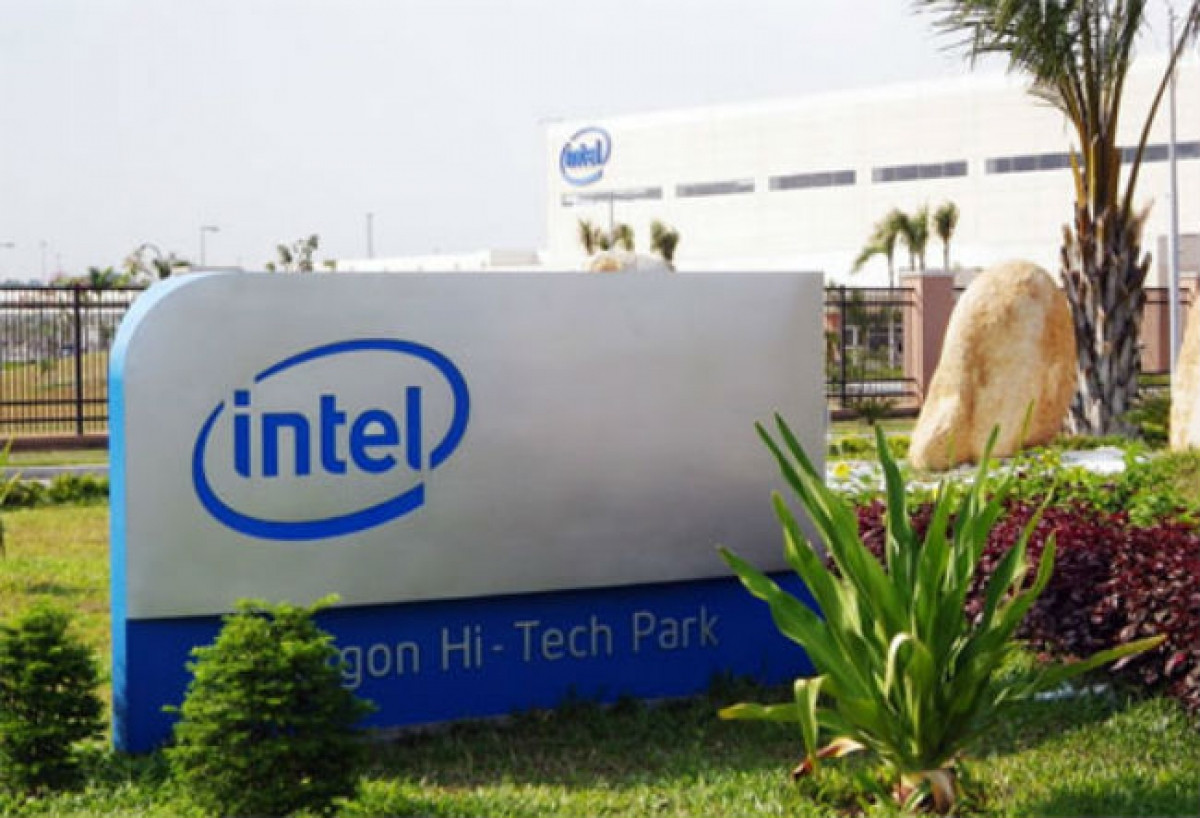
The strategy for the 2021 to 2030 period, signed off by Permanent Deputy Prime Minister Pham Binh Minh, aims to raise capital flows from countries and territories in certain regions to over 70% of total foreign investment in the nation between 2021 and 2025 before rising to 75% during the 2026 to 2030 period.
The targeted partners include the Republic of Korea (RoK), Japan, Singapore, China, Taiwan (China), Malaysia, Thailand, India, Indonesia, and the Philippines in Asia. In addition to France, Germany, Italy, Spain, Russia, and the UK in Europe, as well as the US.
This strategy also seeks to raise the number of multinationals listed on the Fortune Global 500 operating in Vietnam by 50%.
According to Vietnam Investment Review, the Foreign Investment Agency under the Ministry of Planning and Investment has held a working session with Intel. Details from this meeting have yet to be revealed, although discussions likely centred around the next investment stage of the US-based firm in the Vietnamese market.
During a trip made to the US in mid-May, Prime Minister Pham Minh Chinh met with Keyvan Esfarjani, executive vice president for manufacturing, supply chain and operations at Intel, who highly valued the nation’s role in his group’s production chain. As a result, he views the country as having high potential for technology businesses to continue expanding operations.
Only 10 days after that meeting, PM Chinh went on to receive Patrick Gelsinger, CEO of Intel, in Hanoi. The PM asked Intel to continue its investment, with Gelsinger replying that his firm had decided to scale up investment many times higher than the current level.
The latest investment made by Intel could mark the start of a new chapter for Vietnamese foreign investment attraction, with Intel pouring US$1 billion into the country over the past decade, with several tech giants flocking to Vietnam since then.
Now, with commitments made to multiply investment, Intel is likely to become one of the first foreign investors to benefit from special preferential treatment given by the Government to large-scale and high-tech projects, according to the newspaper.
During the recent launch of an annual FDI report, Nguyen Mai, chairman of the Vietnam Association of Foreign Invested Enterprises, pointed out that investment from Europe and the US remains modest, while Japan, the RoK, Singapore, and Taiwan (China) are still the primary investors in the country.
Although the US is one of the nation’s top trade partners, it only ranks 11th among foreign investors, with a similar level also being seen in investment from the EU, he noted.
Phan Huu Thang, former director of the Foreign Investment Agency, explained that Vietnam is in close proximity with East Asian countries, which is favourable for trading. In additional, Asian financiers are also more familiar with local customs and investment environment, while the country has signed several free trade agreements with these partners.
It is widely believed that opportunities have never been so big for the nation to lure greater investment from the US and the EU, which can be proved through American and European businesses’ affirmation of their special interest in the country during Vietnamese leaders’ recent visits to these destinations.
Moving forward, Intel plans to increase investment in the Vietnamese market, whilst the recent “green” investment worth more than US$1.3 billion by Denmark’s LEGO promises a bright future for further investment from the US and the EU.
Source: VOV